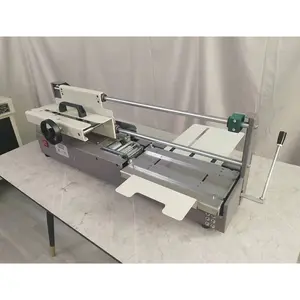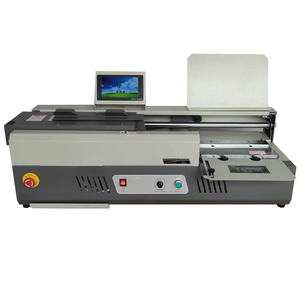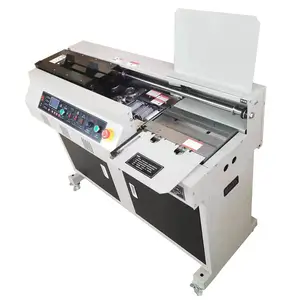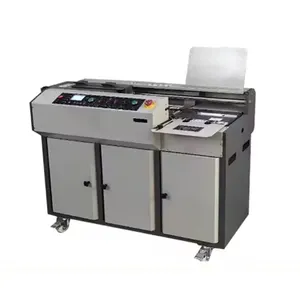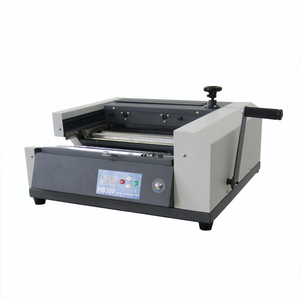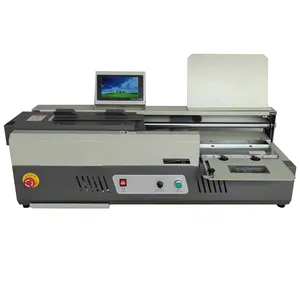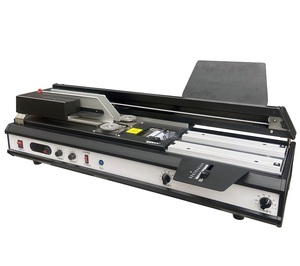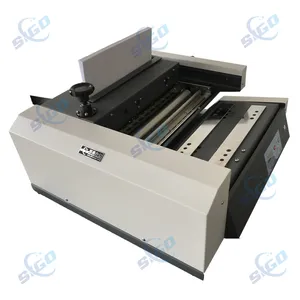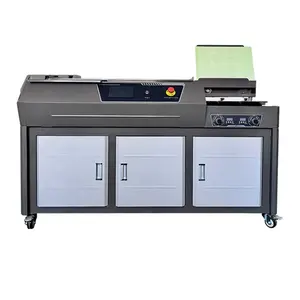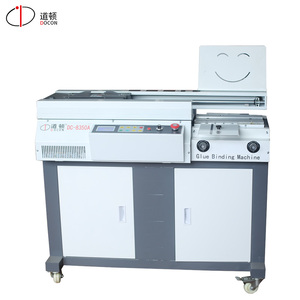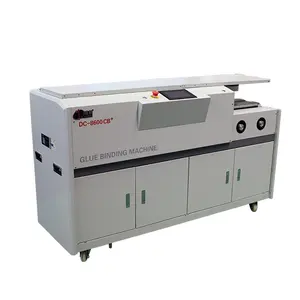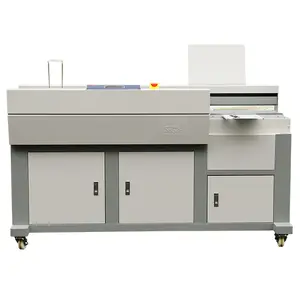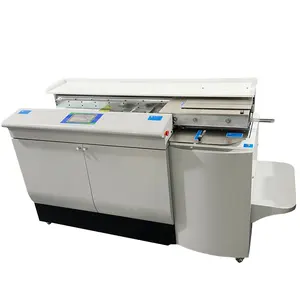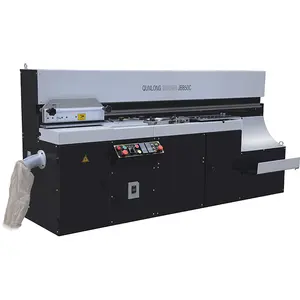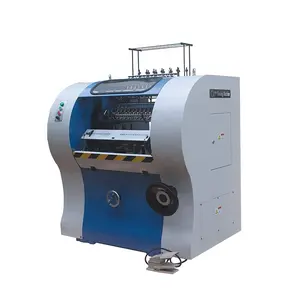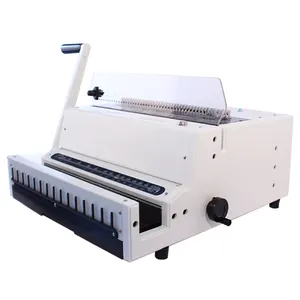Perfect Binding Machine Producer



 Top sponsor listing
Top sponsor listing



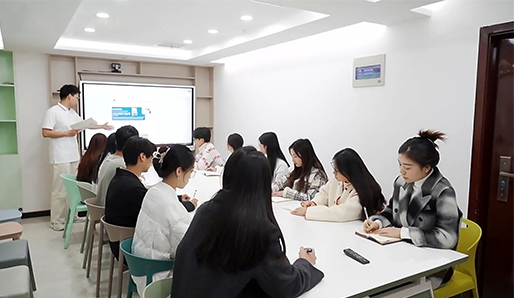

 1/3
1/3




 1/3
1/3







 1/29
1/29



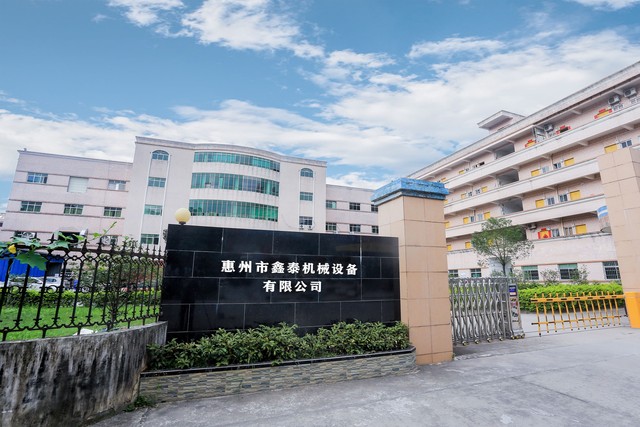

 1/3
1/3














 1/23
1/23





 1/3
1/3








 1/19
1/19



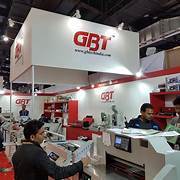

 1/3
1/3




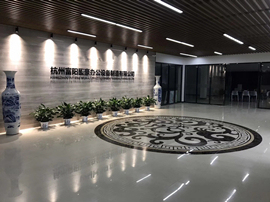

 1/3
1/3






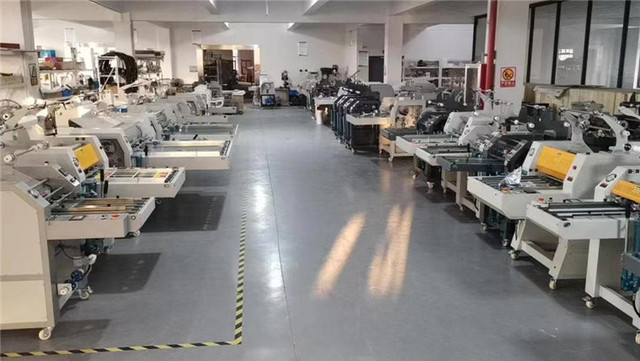

 1/17
1/17




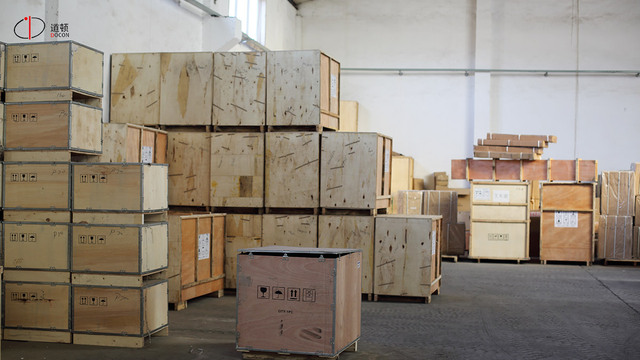

 1/3
1/3











 1/3
1/3






 1/18
1/18





 1/3
1/3





 1/3
1/3





 1/3
1/3





 1/3
1/3
About perfect binding machine producer
Where to Find Perfect Binding Machine Producers?
China remains the global hub for perfect binding machine manufacturing, with key industrial clusters in Shandong, Zhejiang, and Guangdong provinces. These regions host vertically integrated facilities equipped with dedicated production lines for paper processing and post-press equipment. Shandong, home to Weifang Kaijie Packaging Equipment Co., Ltd., benefits from proximity to major ports and a mature supply chain for steel and electrical components, enabling cost reductions of 15–25% compared to non-specialized manufacturers.
The concentration of component suppliers, CNC machining workshops, and automation integrators within 50km radii supports rapid prototyping and scalable production. Suppliers in these zones typically operate under ISO-aligned quality management systems and offer lead times of 20–40 days for standard configurations. Economies of scale allow competitive pricing across desktop semi-automatic models and fully automated industrial systems, with customization capabilities in material feed mechanisms, glue application controls, and digital interface integration.
How to Choose Perfect Binding Machine Suppliers?
Effective supplier selection requires structured evaluation across technical, operational, and transactional dimensions:
Technical & Production Capabilities
Verify that suppliers maintain in-house engineering teams and CNC fabrication capacity. Key indicators include facility size (minimum 2,000m² recommended for volume orders), monthly output capacity, and integration of PLC/PID control systems in product designs. Prioritize companies listing multiple binding machine variants—indicative of specialized expertise—and confirm compatibility with substrates such as coated paper, cardboard, and synthetic materials.
Quality Assurance and Compliance
While explicit certification data is not provided, suppliers demonstrating consistent on-time delivery (≥97%) and short response times (≤3 hours) often adhere to internal quality standards equivalent to ISO 9001. For export markets requiring regulatory compliance, validate CE or RoHS alignment through documentation requests. Request test reports on critical parameters: adhesive temperature stability (typically 160–180°C), clamping pressure tolerance, and alignment accuracy (±0.5mm).
Transaction Reliability Metrics
Analyze performance indicators where available:
- On-time delivery rate ≥98%
- Response time ≤3 hours (ideally ≤1 hour for urgent inquiries)
- Reorder rate below 30% suggests stable customer satisfaction without over-reliance on repeat clients
- Online revenue exceeding US $10,000 indicates established market presence
Use sample testing to assess build quality, operational noise levels, and ease of maintenance before full-scale procurement.
What Are the Leading Perfect Binding Machine Producers?
| Company Name | Location | Main Products (Listings) | On-Time Delivery | Avg. Response | Online Revenue | Reorder Rate | Product Range Focus | Price Range (USD) |
|---|---|---|---|---|---|---|---|---|
| Weifang Kaijie Packaging Equipment Co., Ltd. | Shandong, CN | Paper Trimmer (244), Binding Machine (218) | 100.0% | ≤3h | $30,000+ | <15% | Industrial and desktop binders, hot melt systems | $268–$980 |
| ZOMAGTC CO., LTD | Unknown, CN | Paper Processing Machinery (435), Binding Machine (104) | Data Unavailable | ≤2h | Data Unavailable | Data Unavailable | High-speed collating, automatic double-loop wire | $5,328–$40,000 |
| Paragon Machine (Wenzhou) Co., Ltd. | Zhejiang, CN | Paper Processing Machinery (65), Binding Machine (54) | 100.0% | ≤1h | $10,000+ | <15% | Semi-automatic A4/A3, 3D elliptic clamp systems | $400–$20,000 |
| Huizhou Xintai Machinery Equipment Co., Ltd. | Guangdong, CN | Binding Machine (43), Paper Trimmer (31) | 100.0% | ≤6h | $6,000+ | 33% | Entry-level A4 automatic, wire melt glue systems | $16–$26 (per piece, MOQ 200) |
Performance Analysis
Weifang Kaijie demonstrates high-volume production capability with extensive listings in both trimmers and binders, supported by verified on-time delivery and strong online sales performance. Its price competitiveness ($268–$980) makes it suitable for mid-tier commercial buyers seeking reliable industrial machines. Paragon Machine stands out for responsiveness (≤1h) and broad technical range, including advanced 3D clamping systems, indicating investment in R&D. ZOMAGTC targets high-end applications with large-format automatic solutions priced above $15,000, suggesting specialization in integrated book production lines. Huizhou Xintai offers ultra-low-cost options but operates at higher reorder rates (33%), potentially signaling niche positioning in budget segments or consumable-based business models.
FAQs
What is the typical MOQ for perfect binding machines?
Standard unit orders start at 1 set for industrial models. For compact or component-based systems (e.g., mini hot-melt units), MOQ may be 200 pieces. Negotiation for lower quantities is possible, especially when paired with future volume commitments.
How long does production and shipping take?
Lead times average 20–35 days for manufacturing, depending on customization level. Air freight adds 5–10 days for samples; sea freight requires 25–40 days for full container loads. Expedited production (12–18 days) may be available upon request and surcharge.
Can suppliers customize perfect binding machines?
Yes, leading producers offer modifications in color, material finish, logo branding, packaging, and control panel graphics. Advanced customization includes integration with collating conveyors, variable-speed drives, and PLC programming for batch tracking. Confirm feasibility via technical drawings and prototype validation.
Do manufacturers provide after-sales support?
Support structures vary. Top-tier suppliers typically offer remote troubleshooting, spare parts supply (with 1–2 years warranty on core components), and instructional videos. For complex installations, inquire about on-site technician dispatch options—though travel costs are generally borne by the buyer.
Are there risks in sourcing low-priced binding machines?
Sub-$500 models may use lower-grade motors, reduced thermal control precision, or thinner structural frames, impacting durability under continuous operation. Conduct lifecycle cost analysis considering maintenance frequency, adhesive waste rates, and downtime. Prioritize total cost of ownership over initial purchase price for commercial deployments.

